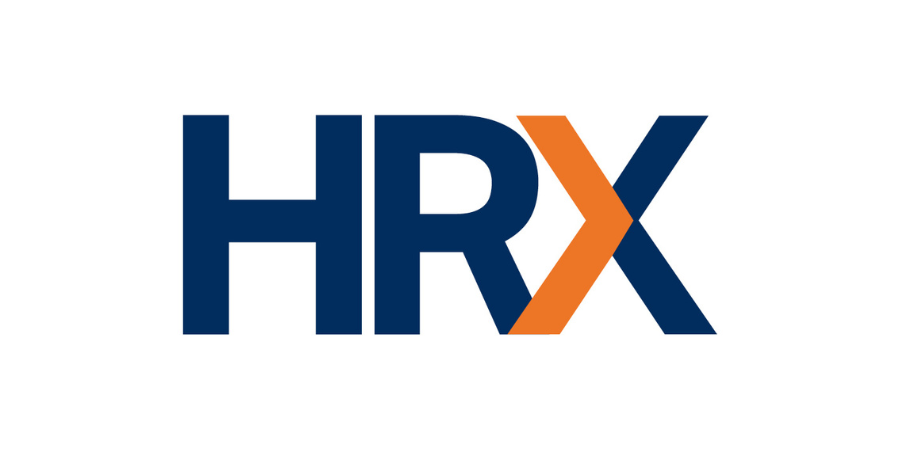Keeping Up with Private-Sector Pay
Private-sector pay rose more than 5.5 percent over the last year as employers attempt to keep their staff amid rising inflation and a job seeker’s market.
Recruiting and retaining talented staff is difficult, and in today’s market it is especially tough. The U.S. Bureau of Labor Statistics (BLS) reported wages and salaries for private-sector workers rose 5.7 percent from June 2021 to June 2022. In comparison, wages and salaries increased only 3.5 percent in the previous year. While increased pay is a positive sign for employees, these increases still lag inflation rates. When adjusted for inflation, private-sector wages actually fell by 3.1 percent from June 2021 to June 2022.
While the overall average wage increase for private-sector workers was 5.5 percent, there does seem to be some variance based on the job category. The smallest increase was 4 percent for construction and maintenance jobs and as much as 8.0 percent for service jobs. School districts compete with private sector for both these and many other jobs. TASB HR Services reported in May that Texas school districts planned for larger pay increases this year than last. Based on the BLS reports, even larger increases are desperately needed to keep pace with private industry.
As we move into new budget cycles, it’s important to keep a pulse on the job market and budget to address rising inflation and market volatility. One way districts can do this is to participate in the TASB Salary Survey. Survey participants can run customized, ad-hoc reports in TASB HRDataSource™ on more than 140 of the most common jobs in Texas public schools.
The TASB District Personnel/Teacher Salary Survey will begin on September 1, and data will be available on December 1.
For more information on the private-sector pay increase, see the SHRM article BLS: Private-Sector Wages and Salaries Rose 5.7% Year Over Year in 2nd Quarter.
HR Services

Subscribe to HRX
Stay up to date with all the latest HR news and trends by joining the HRX mailing list!




